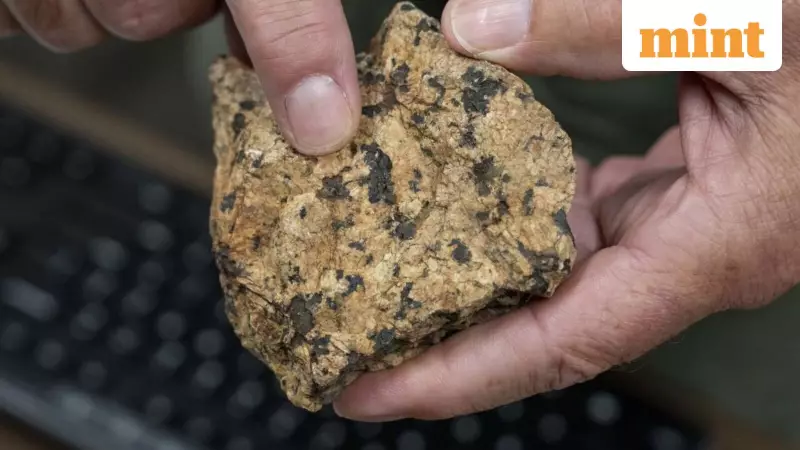
Europe has launched a significant initiative to secure its supply of critical rare-earth magnets, opening its largest production facility in the Estonian city of Narva. However, this strategic move, while symbolically important, is insufficient to break the continent's deep dependence on China for these components essential to electric vehicles and wind turbines.
A Strategic Factory on Russia's Border
The new plant, constructed by Canada's Neo Performance Materials with partial financing from the European Union, is located in Narva, a city that once served as a textiles hub for the Russian Empire and now sits directly on the border with Russia. This location marks a bold step in Europe's plan to establish a foothold in a global supply chain overwhelmingly controlled by China at every stage, from mining to magnet manufacturing.
The facility is expected to commence commercial deliveries in the coming year, with clients including major European firms like the German automotive parts supplier Robert Bosch. The city of Narva enthusiastically supported the project, with Mayor Katri Raik noting that the building permit was granted in a remarkably fast four and a half months, the shortest time possible under Estonian law.
The Daunting Scale of the Challenge
Despite its status as Europe's largest, the Narva plant's output will only scratch the surface of regional demand. Its initial planned capacity is 2,000 metric tons of permanent magnet material annually. Even with plans to eventually scale up to 5,000 metric tons, this pales in comparison to the total European demand, which analysts from Adamas Intelligence forecast will reach approximately 45,000 metric tons by 2030.
Rahim Suleman, the Chief Executive of Neo, acknowledged the gap, stating that Europe has "a long way to go just to meet a portion of the existing demand." He clarified that the goal is not complete self-sufficiency but rather creating a viable domestic source to diversify supply chains.
Contrasting Approaches: Europe vs. The US
The European effort stands in stark contrast to the more aggressive push happening in the United States. Following China's imposition of new export restrictions for rare earths in April, the US government has dramatically escalated its support for the domestic industry. Companies are now planning to build over 40,000 metric tons of production capacity in the U.S. by 2030.
This includes substantial financial interventions. In a notable example from July, the US government took a 15% stake in the rare-earth company MP Materials and established a price floor for its products. The disparity in government support is luring European companies across the Atlantic. The UK-based company Pensana, for instance, recently scrapped plans for a UK processing facility after the US Export-Import Bank offered $160 million in debt financing for its mine in Angola, dwarfing a UK grant of roughly $6.6 million.
Ryan Castilloux, Managing Director of Adamas Intelligence, suggested that while US production could help Europe, the continent might be hesitant to become overly reliant on a partner known for its "adversarial" trade policies.
A Wake-Up Call for European Strategic Autonomy
The drive for rare-earth independence is part of a broader European reckoning with its strategic dependencies. The continent's prosperity was built on a global trading system that provided cheap gas from Russia and rare earths from China. Russia's full-scale invasion of Ukraine in 2022 and China's recent export controls have exposed the vulnerabilities of this model.
In response, the European Union is developing a comprehensive critical-materials plan. European Commission President Ursula von der Leyen has indicated that the strategy, due later this year, could include measures like joint purchasing, stockpiling, and increased funding for European projects, learning from the bloc's successful effort to reduce its reliance on Russian gas.
For now, European producers like Neo rely on customers willing to pay a premium to avoid China's restrictive policies. As the industry watches, the Narva plant, whose magnet was proudly displayed by von der Leyen at a G7 meeting, represents a determined but nascent beginning to a long and challenging journey toward supply chain resilience.





